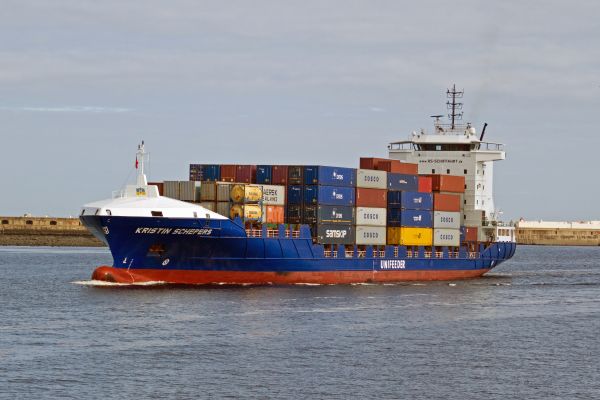Shipping Fish Bait from Guangzhou/Shenzhen to Freeport, Bahamas: A Guide to Sea Freight, Packaging, and Transit Time
Sea Freight Options: FCL vs LCL
When shipping from Guangzhou or Shenzhen to Freeport, the first decision is choosing between Full Container Load (FCL) and Less than Container Load (LCL).
FCL (Full Container Load):
- If you have enough goods to fill an entire container, FCL is a cost-effective and secure choice. You can opt for a 20FT or 40FT container, depending on the volume of your fish bait shipment.
- The container will be fully loaded with your products, reducing the risk of damage and loss during transit.
LCL (Less than Container Load):
- For smaller shipments, LCL is ideal. This allows you to share container space with other shipments, optimizing costs for lower volume goods.
- Though cost-effective, LCL shipments may experience slightly longer transit times due to consolidation at both origin and destination ports.

Transit Time
The sea freight transit time from Guangzhou/Shenzhen to Freeport is approximately 44 days. This includes port handling, customs clearance, and the sea voyage itself. As sea freight is one of the most economical shipping methods, the transit time is longer compared to air freight but remains a reliable option for bulk shipments.
Freight Terms: CIF
For international shipping, the CIF (Cost, Insurance, and Freight) term means the seller covers the cost of the goods, insurance, and freight to the port of destination, in this case, Freeport, Bahamas. Once the goods arrive at Freeport, the buyer is responsible for customs clearance, import duties, and the final delivery to the destination.

Packaging of Fish Bait for Shipping
Proper packaging is crucial to ensure that the fish bait remains in optimal condition during its long journey across the ocean. Here’s how to package the bait for shipping:
Use of Moisture-Proof Packaging:
Fish bait is highly sensitive to moisture and temperature. Use moisture-resistant packaging such as sealed plastic bags or vacuum-sealed packs to prevent spoilage. This helps to maintain freshness and avoids the growth of bacteria or mold.Proper Insulation:
For longer transit times, insulated packaging can be used to maintain the product’s quality, especially if the fish bait is perishable. Insulated boxes or styrofoam can keep the temperature stable, protecting it from temperature fluctuations during transit.Sturdy Outer Packaging:
Once packed inside protective bags, the bait should be placed in sturdy cardboard boxes or wooden crates. The outer packaging needs to withstand rough handling and protect the goods from damage during loading and unloading.Labeling:
Clear and accurate labeling is necessary to ensure that customs and shipping handlers know the nature of the cargo. Include “Perishable” and “Temperature-Sensitive” labels on all boxes. Additionally, any relevant shipping or safety information should be attached to the package.Palletization:
For FCL shipments, consider palletizing the packages. This makes the loading and unloading process easier and ensures the cargo stays organized and secure inside the container.
Key Considerations for Shipping Fish Bait
- Customs Documentation: Ensure all customs paperwork is correctly completed. Since the cargo is food-related, some countries may require specific permits or certifications for the shipment of perishable goods.
- Insurance: Since you are opting for CIF, your cargo will be insured during the sea journey. However, it’s always good practice to verify the insurance coverage to ensure it is sufficient for the value of the fish bait.
- Port Handling Fees: Be prepared to pay port handling fees once the goods arrive at Freeport. These can vary depending on the size and nature of the shipment.



